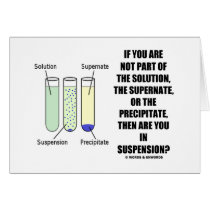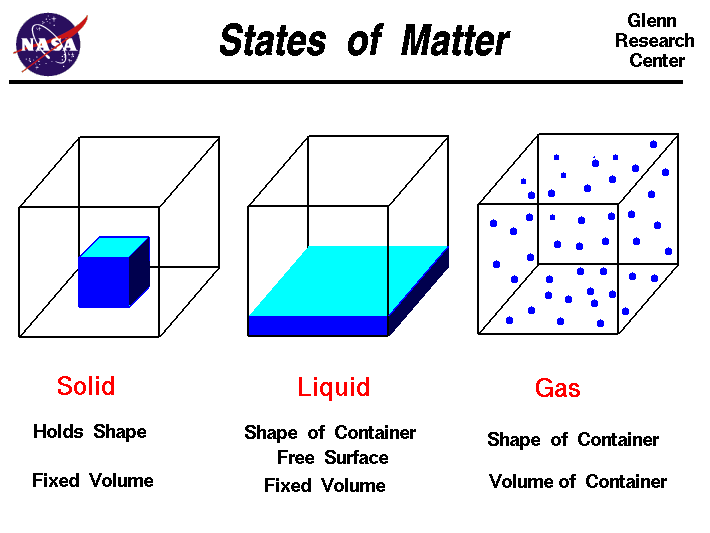Colligative properties are when the physical properties of a solvent are changed because of the number of solute particles added. We put salt on the roads in the winter because it lowers the freezing of point of water to below zero - so the ice will not refreeze in the roads unless it gets below negative four. In places north of here where it is really cold - they don't use salt because it will not lower the freezing point enough.
Electrolytes conduct electricity and are important in our bodies because our brain sends electrical messages to our muscles. In chemistry, ionic compounds make the best electrolytes because they break apart into negative and positive ions that can carry electric current. I did a demonstration with some solutions showing how things like salt water can conduct electricity and sugar water will not.
We finished the demonstration by trying it with gatorade which does make the lighbulb glow, but really really dimly. It is true that gatorade has electrolytes in it, but it also has a LOT of sugar in it. Most high school students do not need to drink gatorade becuase they get enough electrolytes from their food, and if they are going to drink it, they should drink it after practice, not all day long.
We finished class by discussing molarity and dilutions. Molarity measures the concentration of liquids. The formula for Molarity is
Molarity = moles
liters
Dilutions are made by adding water to existing solutions. When a solution is diluted, the volume is increased, but the molarity (or concentration) decreases. This makes sense if you think about it. The more water you add to a colored solution like kool-aid, the lighter in color it will become.
The formula for dilutions is MV=MV. For these it is ok to use milliliters for the volume. Students need to isolate whichever variable is not given. We will practice this math some more.

Homework tonight is to finish up the dilution problems (4th only) and to work on boxes I and B on the green sheet. There will be a lab on Wednesday (wear appropriate clothing and shoes) and the
Unit 2 Test will be Friday.
Here is a little humor to finish the day...


































